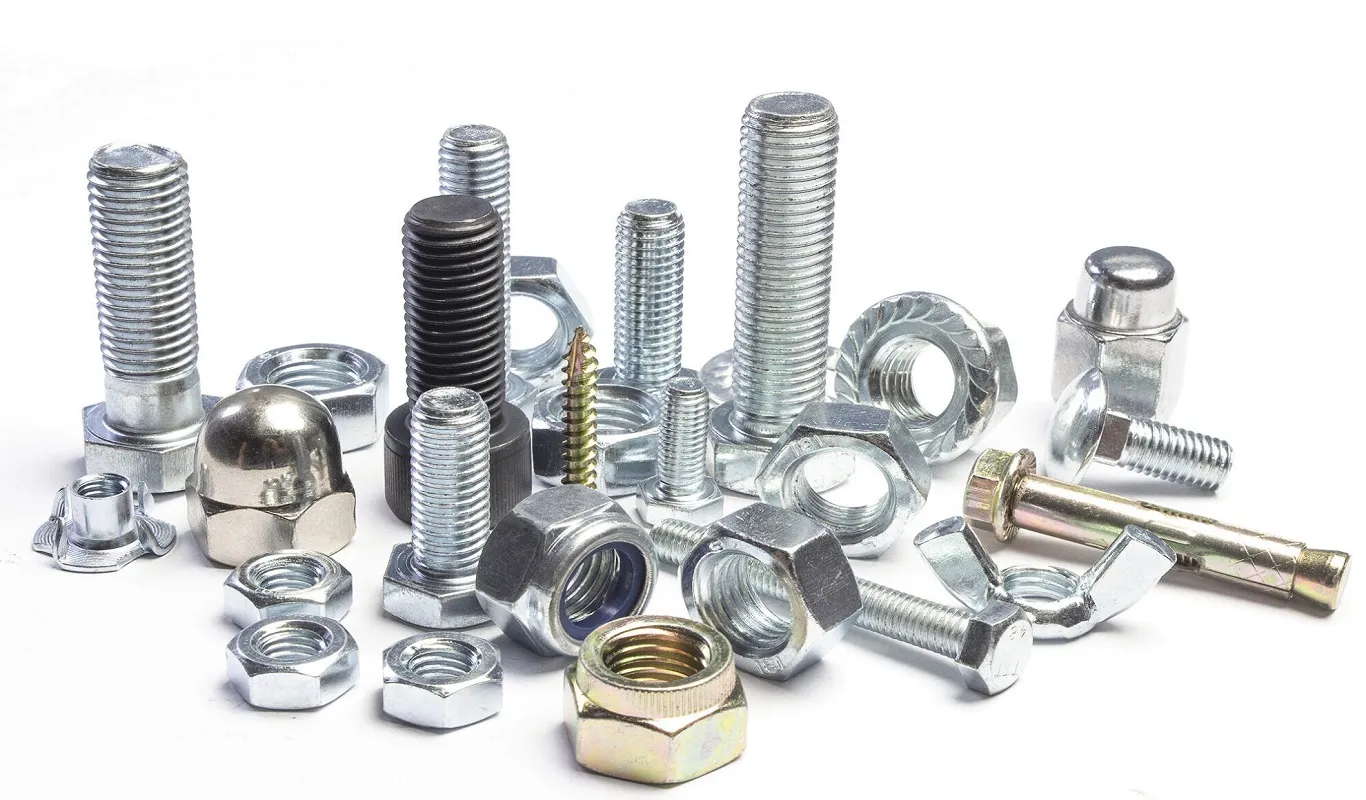What Are Crimped Fasteners? Mechanism and Benefits

Crimped fasteners are a backbone of secure, durable connections in modern engineering, plumbing, automotive, and electronics. They deliver a leak-proof, vibration-resistant seal critical for safety and reliability. This blog explores their mechanism, advantages, types, and applications in a way that's approachable for both technical users and newcomers.
What Are Crimped Fasteners?
Crimped fasteners are specialized devices used to join, seal, or anchor materials often hoses, pipes, wires, or cables by deforming around the object to create a permanent, secure fit. Their defining feature is the way they physically clamp onto the connection, ensuring an unyielding grip that can't be adjusted or reused, making them ideal for high-pressure, high-vibration environments.
How Do Crimped Fasteners Work?
Crimping is accomplished using a dedicated tool that compresses the fastener tightly around the target material. During installation:
- The crimper exerts significant force, deforming the fastener's shape to snugly fit the application.
- This process often forms a gas-tight seal, meaning oxygen and moisture can't penetrate, essential for corrosion resistance and electrical reliability.
- The permanent deformation means the fastener cannot be loosened or reused without damage.
Crimp connections are designed so that friction and elastic forces in the deformed metals hold the parts together. This makes for a joint that resists vibration, thermal shock, and external stress better than many other fastening methods.
Types of Crimped Fasteners
There are several distinct kinds of crimped fasteners, each with its own niche:
- Ear Clamps: Have ‘ears’ that get compressed. Common in automotive/plumbing.
- Oetiker Clamps: Known for precision and reliable fit, used in critical applications like medical or aerospace.
- Pinch Clamps: Typically found in industrial settings for strong, leak-free seals.
- Stepless Clamps: Provide a 360-degree, gap-free seal a must for hydraulic systems or demanding projects.
Benefits of Crimped Fasteners
Strong, Permanent Seal
Crimped fasteners form a tight, leak-proof connection, ideal for plumbing, fuel lines, and high-pressure applications.
Resistance to Vibration and Shock
The crimping process locks the fastener in place and ensures that vibration or movement will not compromise the seal over time.
Corrosion Protection
Gas-tight connections are less prone to corrosion, making them perfect for exposed or critical electrical environments.
Professional Appearance
Crimped fasteners lack heavy adjusters and protruding screws, giving them a sleek, compact profile.
Maintenance-Free
Once installed, crimped fasteners don’t require future tightening or adjustment, reducing downtime and long-term costs.
Applications
Crimped fasteners shine across industries:
- Automotive: Securing coolant, fuel, and air lines against leaks and vibration.
- Plumbing: Creating failsafe, leak-proof junctions in PEX pipes.
- Industrial Machinery: Withstanding harsh conditions and fluid pressure.
- Aerospace and Medical Devices: Where reliability and precision are non-negotiable.
Conclusion
Whether it's a car's fuel line, a home's plumbing, or wiring in an aircraft, crimped fasteners deliver unmatched reliability, durability, and safety. Their permanence, vibration resistance, and neat appearance make them the preferred choice for professionals worldwide.
